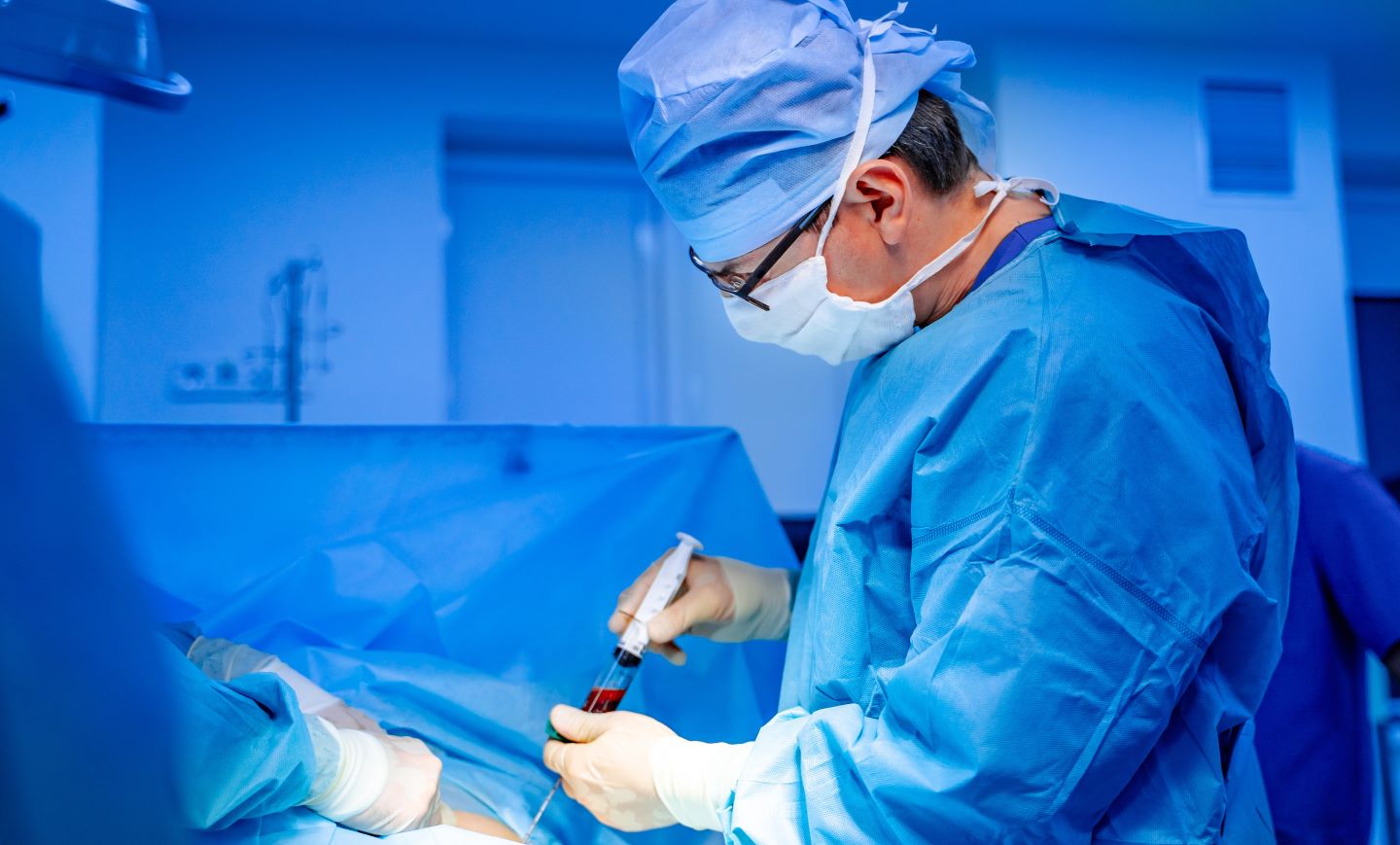
BioLineRx has received US Food and Drug Administration (FDA) approval for Aphexda (motixafortide) plus filgrastim (G-CSF) to mobilise haematopoietic stem cells to the peripheral blood for collection and autologous transplantation subsequently in multiple myeloma patients.
Intended for use as a subcutaneous injection, Aphexda is the first product for stem cell mobilisation in multiple myeloma to obtain approval in the region in the past ten years.
BioLineRx plans to offer Aphexda in the country later this month.
The latest approval is based on data from the two-part, placebo-controlled, randomised, double-blind Phase III GENESIS clinical trial.
The trial analysed the efficacy and safety of Aphexda plus filgrastim versus placebo plus filgrastim.
Findings showed that the combination treatment aided 67.5% of the trial subjects to attain the stem cell collection goal of ≥ 6 × 106 CD34+ cells/kg in two apheresis sittings compared with 9.5% in the placebo arm.
Serious adverse reactions were reported in 5.4% of the trial participants in the Aphexda arm.
BioLineRx CEO Philip Serlin said: “Given the strong efficacy data shown in the GENESIS trial, which included patients who are representative of the current multiple myeloma patient population, we believe Aphexda will play a critical role in addressing unmet needs and introducing a new treatment paradigm for this challenging cancer.
“The company is working relentlessly to make this important innovation in stem cell mobilisation available to appropriate patients, their physicians and transplant teams.”



